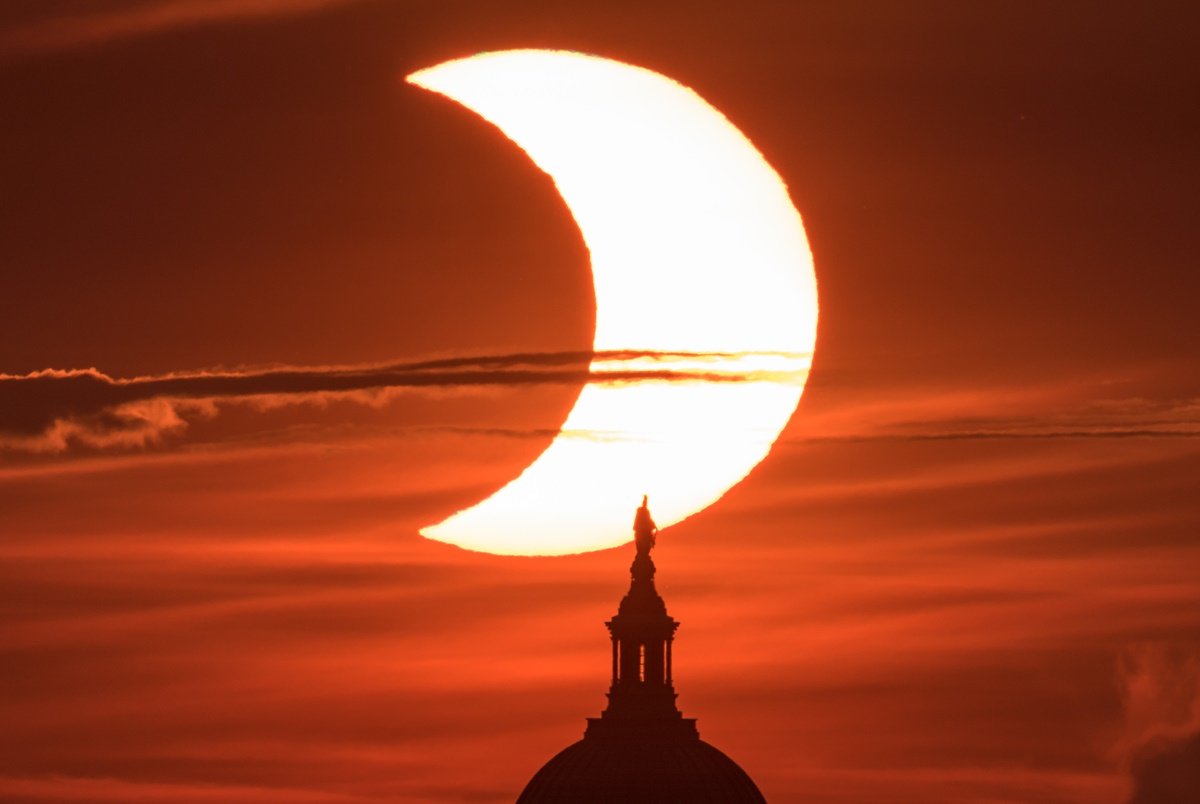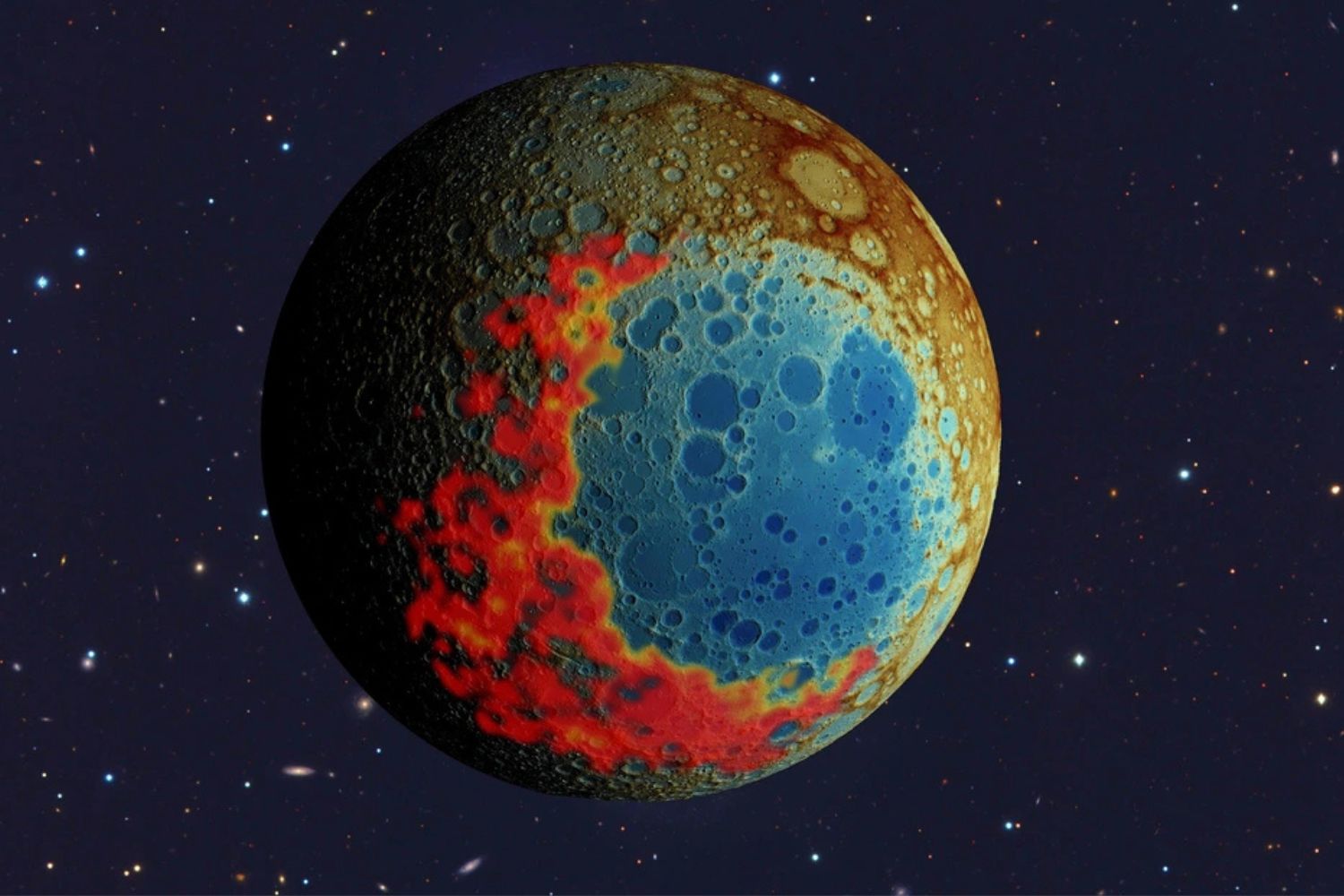*This text was written by a TecMundo columnist; finally learn more.
Throughout human history, some astronomical phenomena, such as solar eclipses, have gained mystical interpretations simply because they are rare and unusual; if they were more frequent in the heavens, it would not be necessary to resort to divine warning signs, threats of disease and plague, or omens of great calamity to explain them.
In its eagerness to understand what it doesn’t know, the imagination tends to fill gaps in ignorance with stories that reflect their hopes or fears. Examples of this were the appearance of “new stars” in the sky, whose brightness is sometimes visible even in daylight. Today we know that most explanations for such events correspond to the brightness of supernovae (thermonuclear explosions of massive stars at the end of their lives) or the passage of comets, for example, like the famous Halley.
Solar eclipses, though not necessarily rare in frequency, have gained similar descriptions. However, with the evolution of human thought the mists that prevented the correct description of such phenomena have cleared, and today we can understand them as they are.
What are the types and causes of solar eclipses?
When the New Moon passes directly between the Earth and the Sun, one of three things happens: a total solar eclipse, where the Moon is close enough to Earth and its shadow falls on it; an annular eclipse where the Moon is furthest from Earth and its shadow ends before it reaches our planet; or a hybrid eclipse, in which observers of sunrise or sunset see an annular eclipse and observers at noon see a total eclipse.
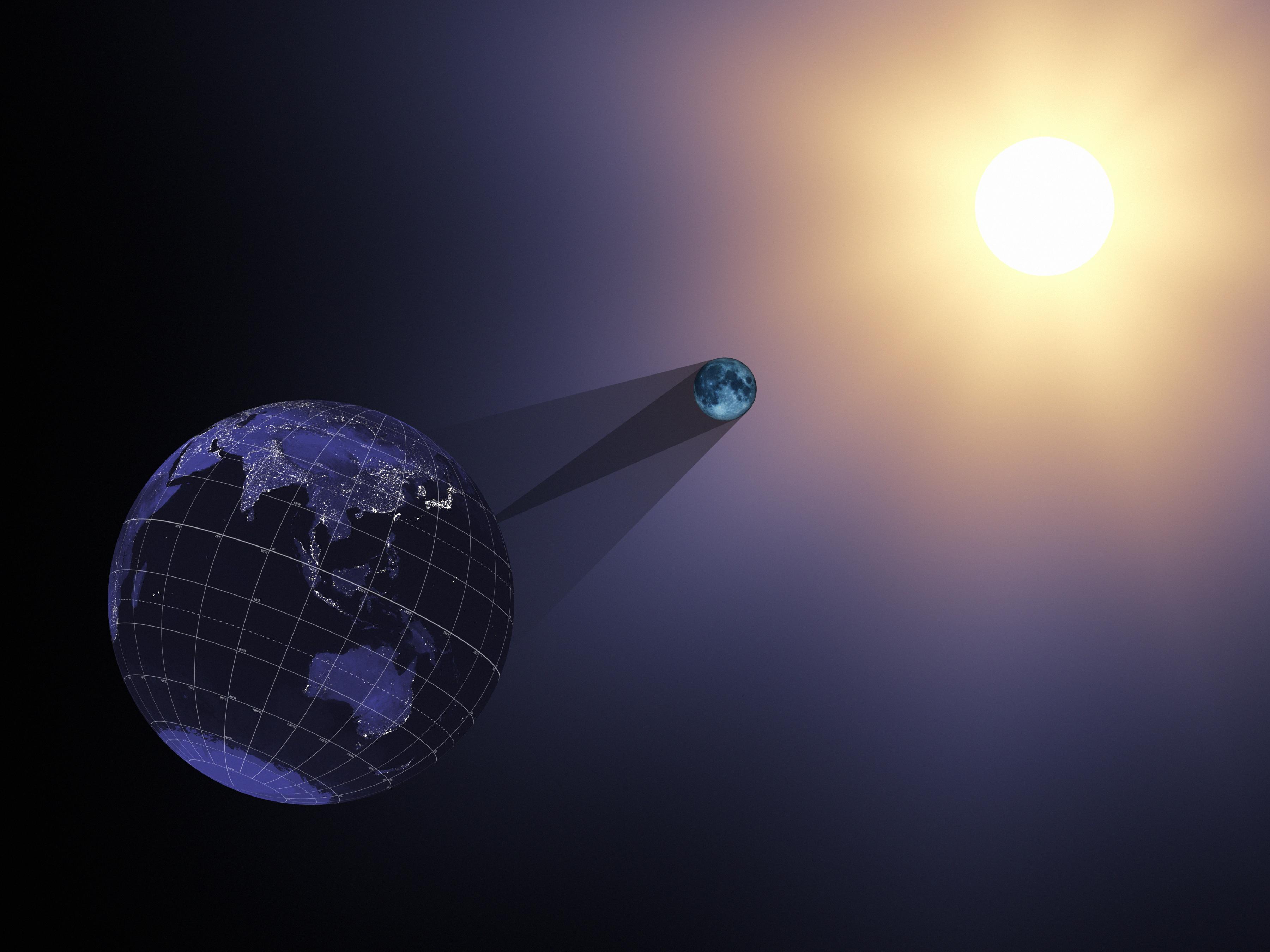
These three types of solar eclipses occur due to the gravitational dynamics of the Earth-Moon system: the lunar orbit around our planet is not exactly circular, but rather an elliptical orbit with points not equidistant from the Earth’s surface. , that is, the Moon is sometimes closer, sometimes further away.
Although the Moon is about 400 times smaller than the Sun, during a total solar eclipse the lunar disk completely covers the solar disk. This happens by cosmic coincidence: the Moon is also, on average, about 400 times closer to the Earth than the Sun; this means that for an observer on Earth, they both have the same angular size, that is, the same apparent size. in the sky.
Only about 40% of solar eclipses these days are total eclipses, but this rate is much lower than before and is decreasing day by day as the Moon continues to move away from Earth. Like this? I will explain.
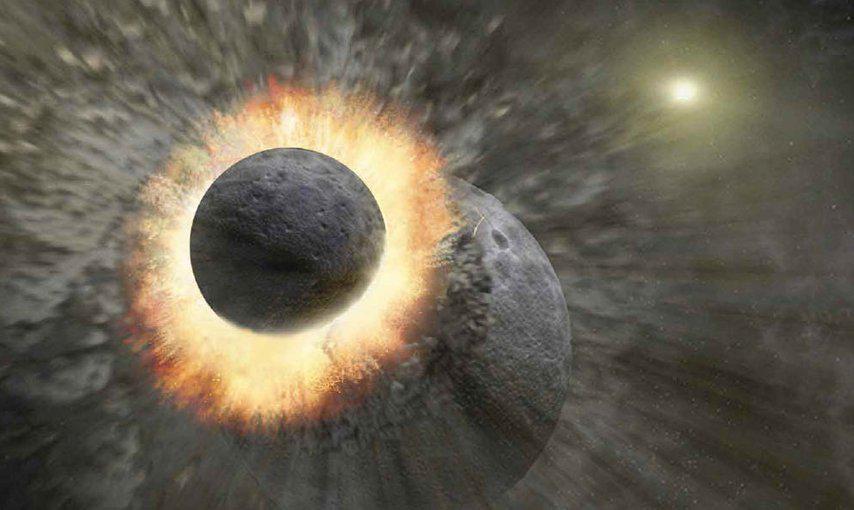
In the past, when the Moon formed, it was much closer to Earth while our planet rotated much faster. Much like a spinning ball slows down when we put a finger on it, the Moon has extended our day considerably over the course of Earth’s evolution—thanks to the gravitational interactions it exerts on the spinning Earth, called tidal forces. Solar system. In other words, the speed of Earth’s rotation is decreasing, and the resulting loss of angular momentum is offset by the acceleration of the Moon, and thus the Moon is moving away.
Precise modern measurements show that Earth takes an extra 14 microseconds each year to complete its daily rotation, so we add a leap second every 18 months to catch up. Also, the Moon moves away from Earth about 4 centimeters each year. It is a very slow but continuous process that happens gradually, producing significant differences over millions of years.
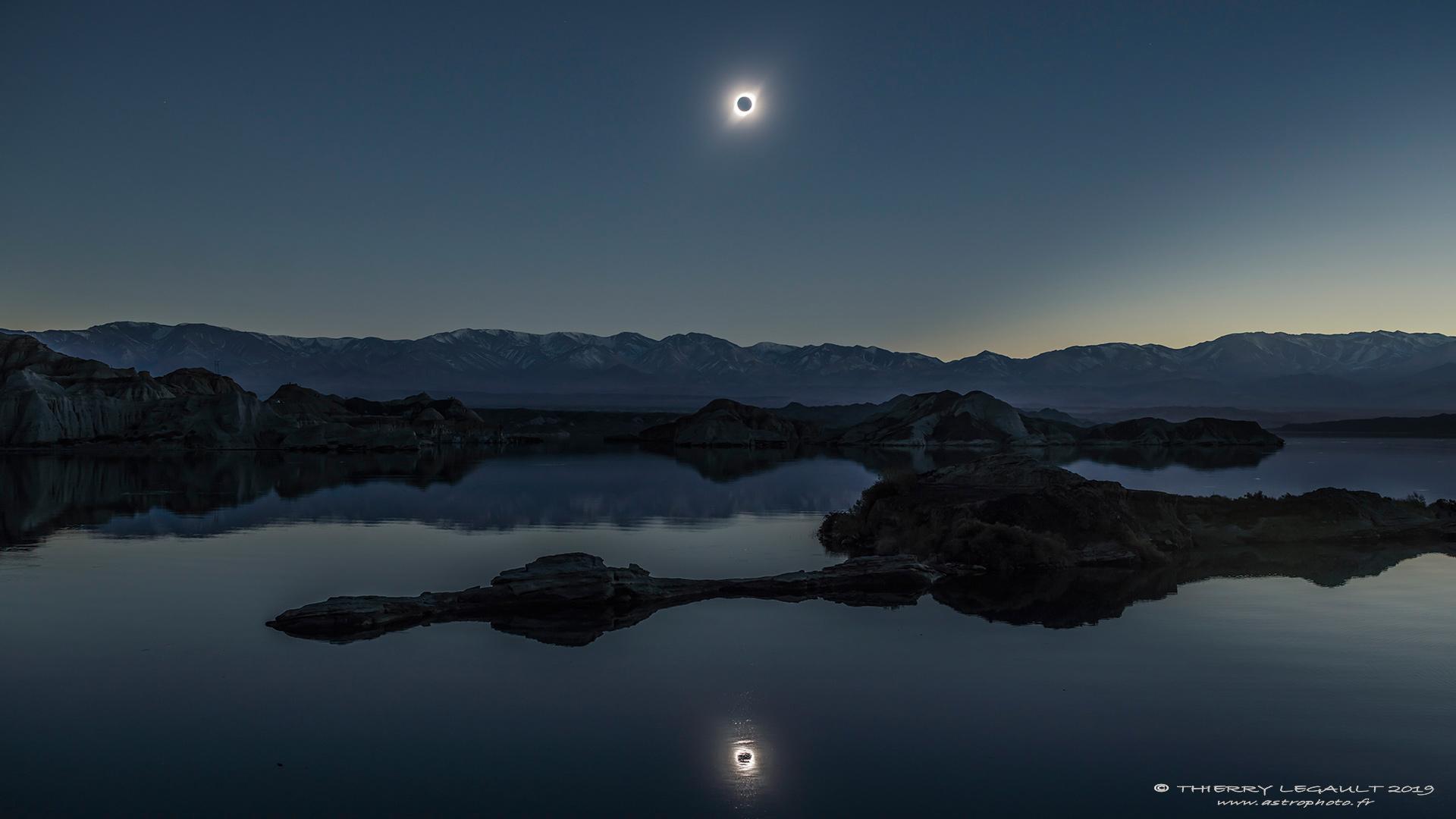
Therefore, computer simulations estimate that about 90% of all solar eclipses predicted to occur in the history of the Earth-Moon system have already occurred. This means that solar eclipses literally have their days numbered: about 570 million years from now, the last total solar eclipse will occur, and about 80 million years later the last hybrid eclipse will occur.
This will be the last time any part of Earth will be bathed in the shadow of the Moon. Beyond this point, the Moon will no longer be close enough to Earth for its shadow to fall on our surface at any point in its orbit. From then on, the only way to see a total solar eclipse would be to soar into space, where we can again encounter the lunar shadow.
Make sure you watch one in your lifetime!
Nicolas Oliveiracolumnist for Technology WorldHe holds a degree in Physics and an MA in Astrophysics. He is a professor and currently doing his PhD working with galaxy clusters at the National Observatory. He has experience teaching Physics and Astronomy and researching Extragalactic Astrophysics and Cosmology. It acts as a popularizer and scientific communicator aimed at the dissemination and democratization of science. Available on social networks like Nicolas @nicooliveira_.
Source: Tec Mundo
I’m Blaine Morgan, an experienced journalist and writer with over 8 years of experience in the tech industry. My expertise lies in writing about technology news and trends, covering everything from cutting-edge gadgets to emerging software developments. I’ve written for several leading publications including Gadget Onus where I am an author.






